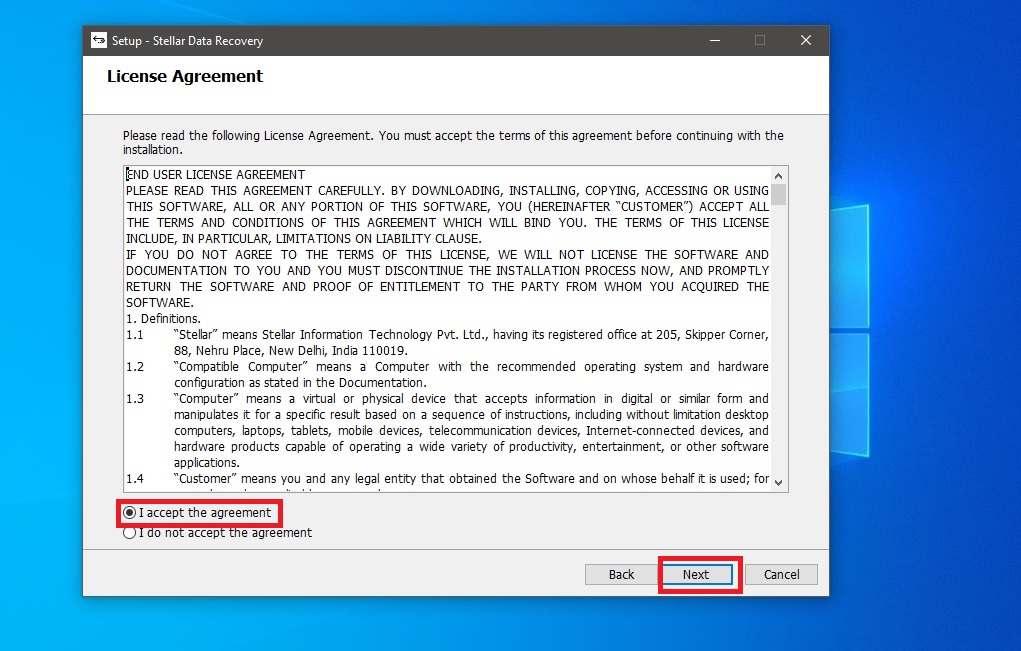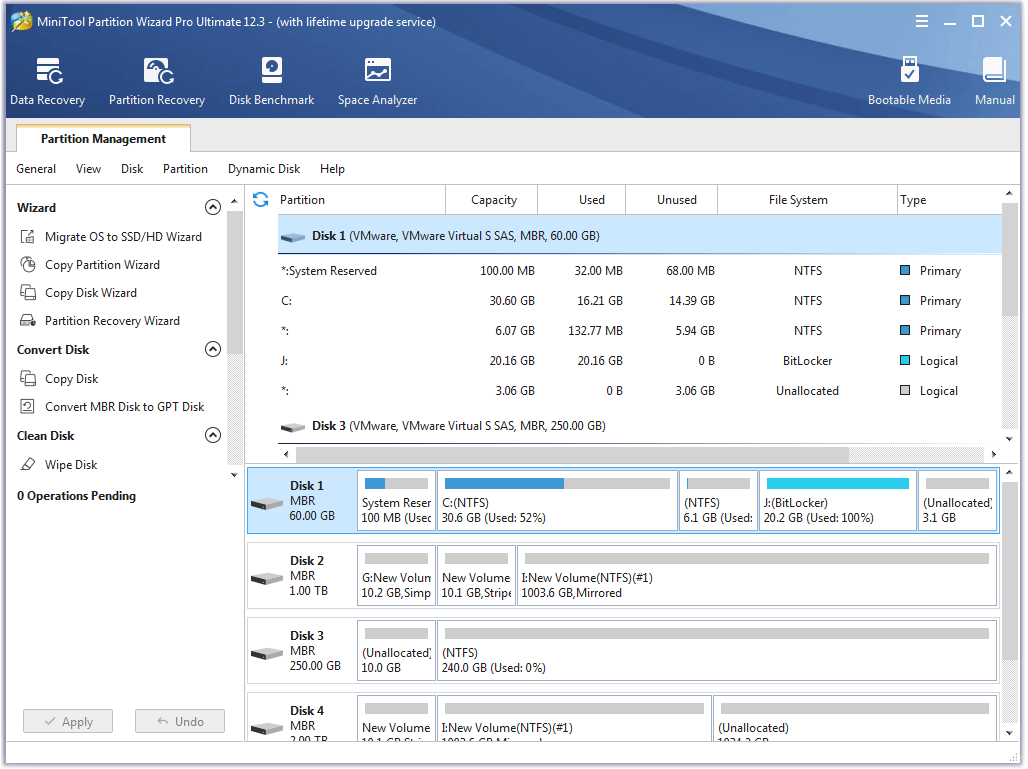

Testdisk from CGSecurity – freely available data recovery software.If the drive is detected, but Windows thinks that it needs to be formatted, you may be in luck. One of the easiest ways to determine this is to attach the drive using a USB to SATA adapter to a working PC running Windows and see what happens. There are also, however, some ways a drive may suddenly appear as failed but still have data that is in tact and recoverable. If the disk fails to spin up, makes loud grinding noises, clicks continuously, chances are good the disk is too damaged for this guide to be helpful. There are lots of ways a hard disk can fail that pose significant hurdles for recovering any data.

I’m not going to go into the reasons why hard drives fail, but I’ll cover some types of disk failure because understanding them will help determine if any data can likely be recovered from your failed drive.

It comes with absolutely no guarantees or warranties, however the procedure has helped me recover data in cases where others believed all data to be completely lost. Hope this helps someone else in the same situation.This is my guide for recovering data off of a damaged hard drive. Run CHKDSK with the /F (fix) option to correct these. Windows has checked the file system and found problems. The master file table's (MFT) BITMAP attribute is incorrect. Security descriptor verification completed. ĬHKDSK is scanning unindexed files for reconnect to their original directory. Stage 1: Examining basic file system structure. Read-only chkdsk found bad on-disk uppercase table - using system table.



 0 kommentar(er)
0 kommentar(er)
